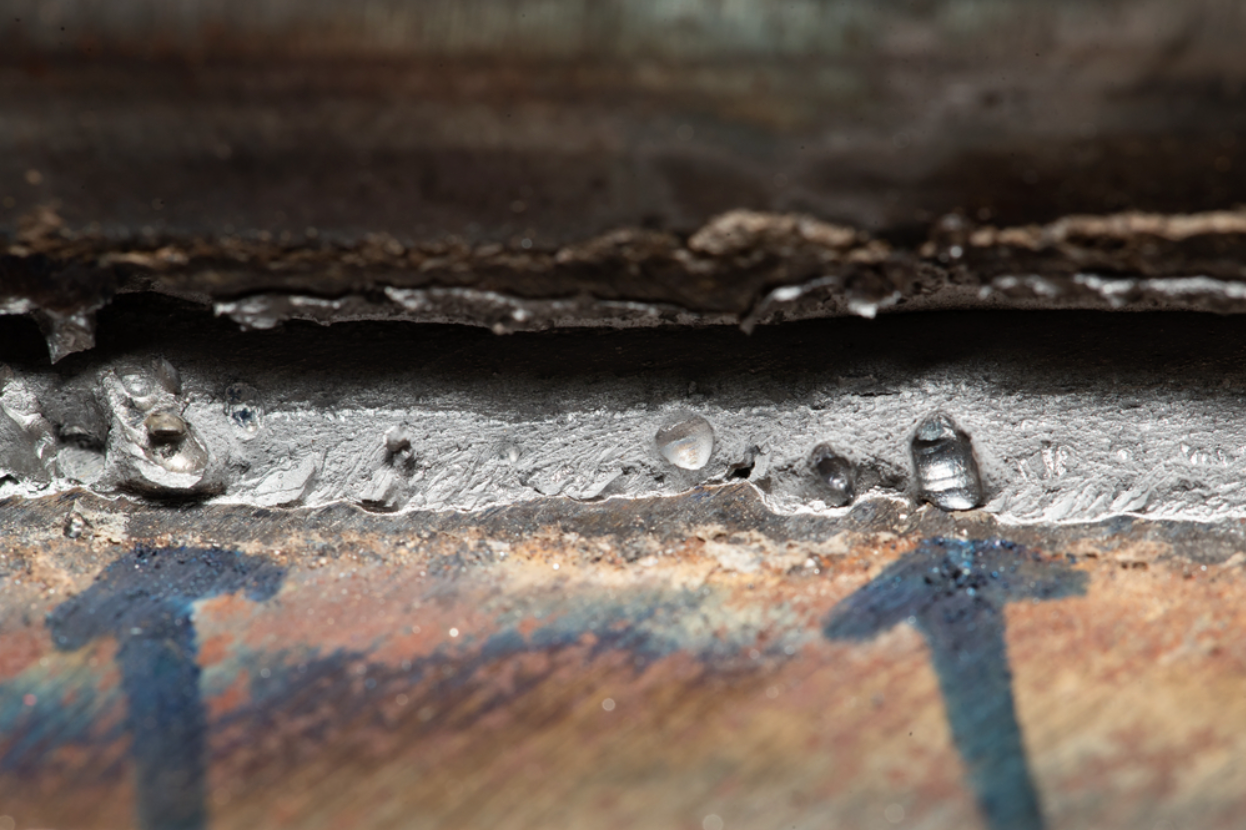Expert Methods for Preventing Weld Undercut Properly
Grasping the Art of Welding: Just How to Avoid Undercut Welding Issues for Flawless Construction Outcomes
By recognizing the origin creates of undercut welding and carrying out efficient techniques to stop it, welders can boost their craft to brand-new degrees of quality. In the search of remarkable construction results, grasping the art of welding to prevent undercut issues is not just a skill however a necessity for those aiming for excellence in their work.
Recognizing Undercut Welding

To avoid undercut welding, welders need to guarantee appropriate welding criteria, such as readjusting the present, voltage, traveling rate, and maintaining the appropriate electrode angle. By recognizing the reasons of undercut welding and applying precautionary steps, welders can accomplish premium, structurally audio welds.
Sources Of Undercut in Welding
Recognizing the aspects that add to undercut in welding is necessary for welders to create top quality, structurally audio welds. Damaging happens when the weld steel does not properly fill up the groove created in between the base metal and the formerly deposited weld metal. Several factors can lead to damage in welding. One typical reason is too much warm input. Welding at high temperatures for extended durations can cause the base steel melting more than wanted, bring about undercut. Inadequate welding inaccurate or current welding rate can likewise add to damage. Not enough current may not provide adequate heat to thaw the base and filler metals appropriately, while extreme speed can protect against appropriate fusion, triggering undercut. Furthermore, improper electrode angles or inaccurate lantern control techniques can develop areas of reduced weld metal deposition, advertising undercut. Comprehending these reasons and executing proper welding methods can help stop undercutting problems, guaranteeing sturdy and strong welds.
Methods to avoid Undercutting

To alleviate the threat of undercutting in welding, welders can employ tactical welding strategies focused on improving the top quality and integrity of the weld joints. One reliable method is to change the welding specifications, such as voltage, existing, and take a trip rate, to make sure correct heat input and deposition. Maintaining a suitable electrode angle and making sure constant traveling speed can also help avoid undercut. Furthermore, utilizing the right welding technique for the particular joint configuration, such as weave or stringer beads, can contribute to decreasing damaging. Preventing weld undercut.
Moreover, appropriate joint prep work, including guaranteeing clean base products without impurities and making use of the ideal welding consumables, is critical in stopping undercut problems. Employing back-step welding strategies and regulating the weld grain profile can also aid distribute heat equally and decrease the danger of undercut. Regular examination of the description weld joint throughout and after welding, as well as applying quality control measures, can help in discovering and addressing damaging concerns immediately. By applying these techniques diligently, welders can attain perfect manufacture results with very little undercut issues.
Value of Correct Welding Criteria
Selecting and preserving ideal welding parameters is vital for attaining successful welds with very little issues. Welding parameters refer to variables such as voltage, present, travel rate, electrode angle, and securing gas flow rate that directly affect the welding procedure. These criteria have to be thoroughly changed based upon the sort of product being bonded, its density, and the welding technique employed.
Proper welding parameters guarantee the ideal quantity of warmth is put on thaw the base steels and filler product consistently. If the criteria are established too high, it can cause too much warmth input, creating distortion, spatter, or burn-through. On the various other hand, if the parameters are too reduced, insufficient blend, lack of penetration, or undercutting may occur.
Quality Guarantee in Welding Procedures

Final Thought
Finally, grasping the art of welding requires an extensive have a peek at these guys understanding of undercut welding, its causes, and strategies to stop it. By making sure correct welding specifications and executing find out here quality guarantee methods, flawless manufacture results can be accomplished. It is necessary for welders to regularly pursue quality in their welding operations to prevent undercut issues and produce high-quality welds.
Undercut welding, an usual problem in welding procedures, occurs when the weld steel doesn't properly load the groove and leaves a groove or anxiety along the bonded joint.To stop undercut welding, welders should make sure proper welding criteria, such as changing the existing, voltage, travel rate, and maintaining the appropriate electrode angle. Poor welding incorrect or present welding rate can also contribute to damage.To mitigate the threat of undercutting in welding, welders can use tactical welding methods intended at enhancing the high quality and integrity of the weld joints.In final thought, mastering the art of welding needs a comprehensive understanding of undercut welding, its causes, and methods to prevent it.